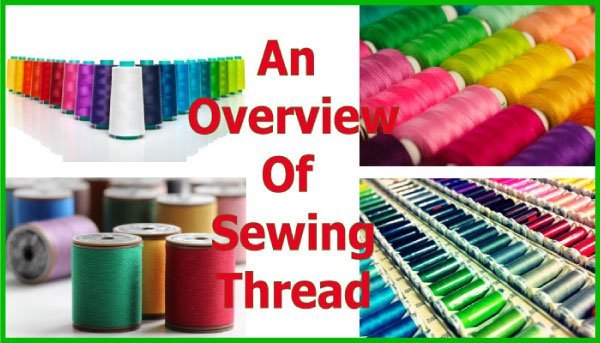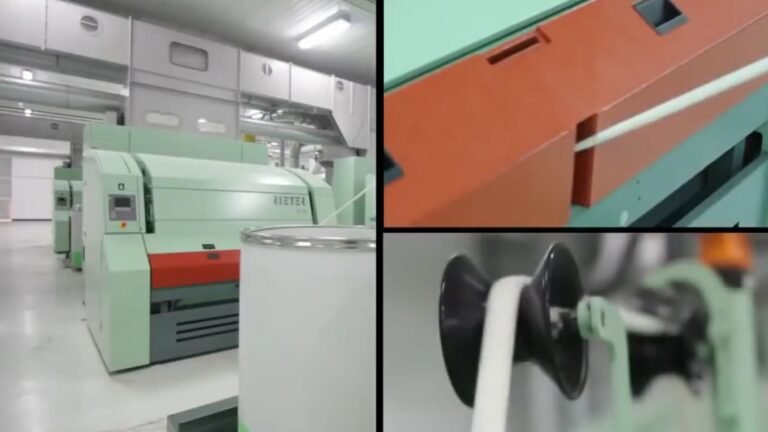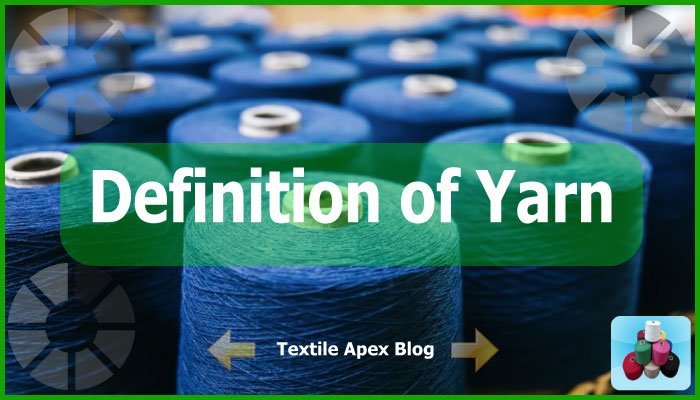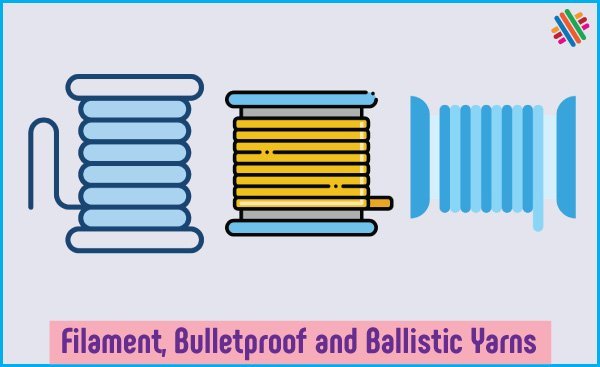Sewing Thread: Definition, Types and End Uses
Sewing thread is a basic raw material for giving desired shape to a garment and holding the body parts together by creating seams. It is a very important item for tailoring shops, industrial garment manufacturers and fashion houses. It has both functional and aesthetic properties. When we are using it for making seams then it[…]






